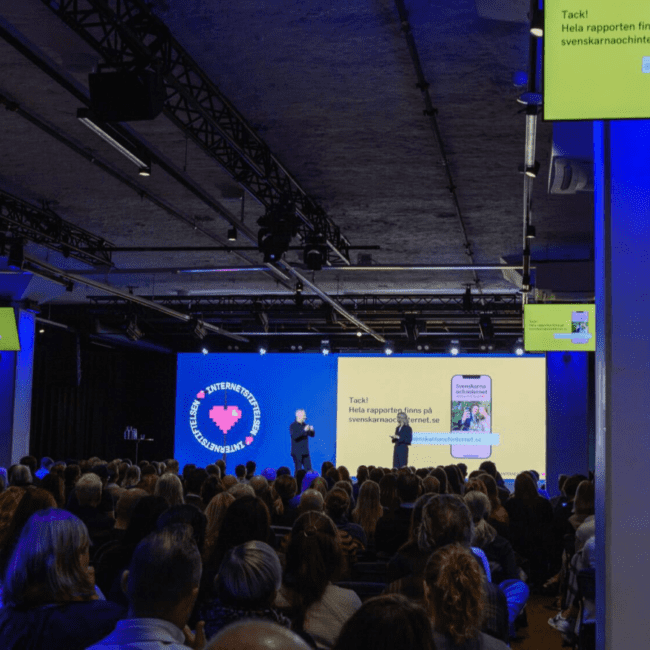Many organizations struggle with limited internal PR and comms resources. One person with communications, marketing, social media and who knows what else on their plate has only so much bandwidth to identify newsworthy topics and developments. Often, this leads to missed opportunities, blame on the lone PR person, and discouraged attitudes towards comms and PR.
One thing I learned as the PR manager in a corporate environment of 500 people was that the more people I taught what actually is news to media and their audiences, the more eyes and ears I had in the company. Stories started coming to me – instead of me having to look for them in every nook and cranny.
It’s always good to tailor general advice to suit your company and your sector, but here are some that helped my non-PR colleagues understand journalists better.
1. Something changed – why?
My number one guideline that’s helped people entrenched in their expertise and data to look at things from an outside perspective. This can be almost anything, like home loans drop 90% or people started moving away from a city with a decades long history of growth.
The key to fleshing this news story out is figuring out where that change is coming from, what it says about people’s behavior and world, and what is the long-term impact of this change. During the past year, most big shifts have been attributed to COVID-19, but there are other forces at work, too.
2. Local significance
Simply put, The New York Times wouldn’t write about a traffic jam in Stockholm or Helsinki. Unless maybe their President was involved. Equally, NYC’s public transport plans or the UK’s hiring intentions usually don’t make headlines in Finland.
Local newspapers, great and small, can be an untapped source of great coverage, but you have to make sure your story has a great local angle to make it worth the journalist’s time. That said, there are plenty of media outlets that cover more general stories, no matter where in the world they come from. So choose your media outlets wisely.
3. Trends – with concrete examples
Sustainability, ESG, changing working life, cryptocurrency – all familiar buzzwords, but what do they mean exactly? How can these concepts be applied to our actual daily lives or how do they impact them?
To profile yourself and your company as leading experts on such topics requires concrete, approachable stories about them – not theoretical strategy discussion. It’s not enough for a fashion brand to say “we have integrated sustainability into all our supply chains”. Well, how? For instance, the fashion brand Reformation offers plenty of information about their practices and plans in interviews – and their website.
4. Topical issues and anniversaries
Especially in 2020, COVID-19 stories didn’t have to run very deep or look far into the future for them to make it onto the frontpages and into primetime broadcasts. It was happening right then and there, and that was enough. In addition to daily breaking news on cases and death, the pandemic has impacted couples and fashion – just examples of the countless stories.
Anniversaries are another trusty source of stories. Monumental events, the deaths of famous people or even iconic product launches get reported for years after they happened, often around their anniversaries.
5. The classic: an unexpected or exceptional event
Breaking stories about accidents, natural disasters, volcano eruptions and, yes, pandemics. But this also covers less cataclysmic events, like sudden resignations, shock defeats in sports, and significant election results, including their immediate aftermath.
A more corporate example of this is supermarket chain Lidl removing slot machines from their stores in Finland, becoming the first retail chain in the country to do so.
The next time you are browsing an online media outlet or leafing through a newspaper, do also check what kinds of articles and features the outlet frequently does. A good way to gain coverage is to identify recurring content and tailoring your pitch to meet that slot.
Still need help in connecting your business and expertise to what appeals to journalists and your target groups? No worries, just give us a hoot and we’ll chat about it.
The writer is San Francisco Agency’s Head of Finnish Media & PR Kristiina Nieminen. She’s an expert in strategic storytelling, building media visibility, and communications strategy. Her idea of relaxation is watching monster and horror movies before bedtime.





